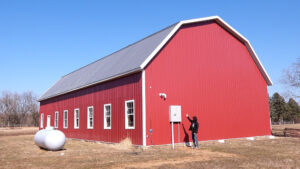
Kitchen Island, Barn Power – March 2024 Update
Welcome to my shop! This is a quick update to let you know what I’ve been up to. This big chunky thing is the leg
Today we’re going to do a little behind-the-scenes look at how the seats are scooped for the chair kits.
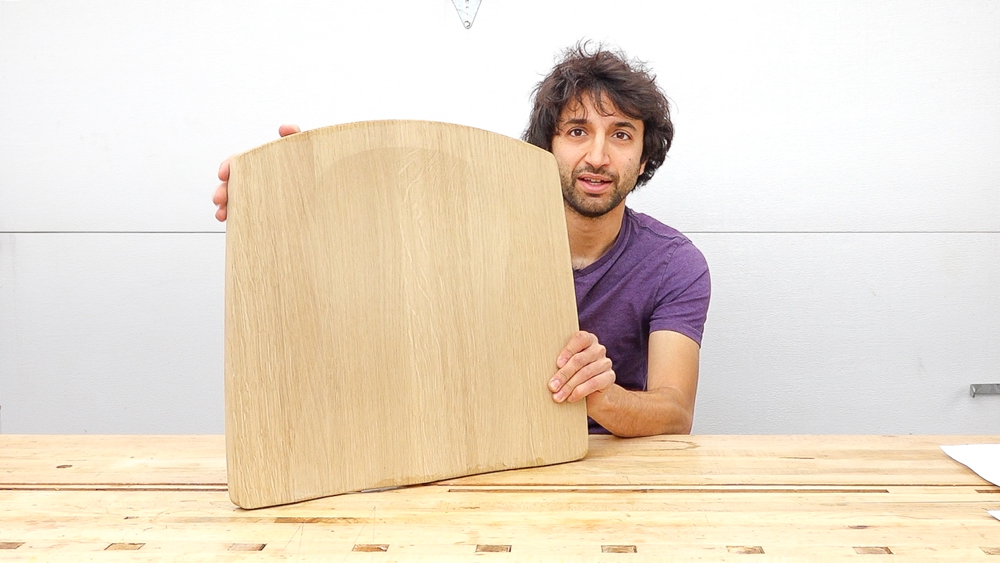
A lot of people assume this is done on a CNC router with a ball nose bit and that each seat is carved individually. That method would be okay if you’re doing a dozen or so seats, but it’s too slow if you’re doing hundreds or thousands of seats.
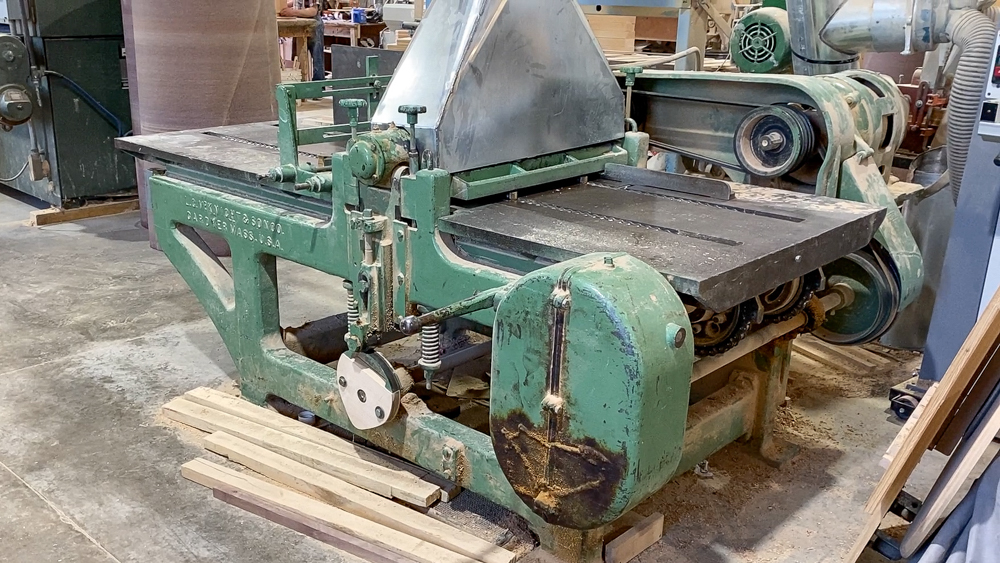
So the chair kit seats are scooped on a dedicated machine, which is a McKnight saddle seat machine. I’m not sure of the exact manufacturing date, but it’s most likely early 1900s. It looks like a joint chair with large in-feed and out-feed tables, but it’s actually a planer with a moving cutterhead.

The boards get fed through the machine on a chain mechanism, and the cutterhead goes up and down following the cam. In one pass, the full scoop profile is done on that seat blank.
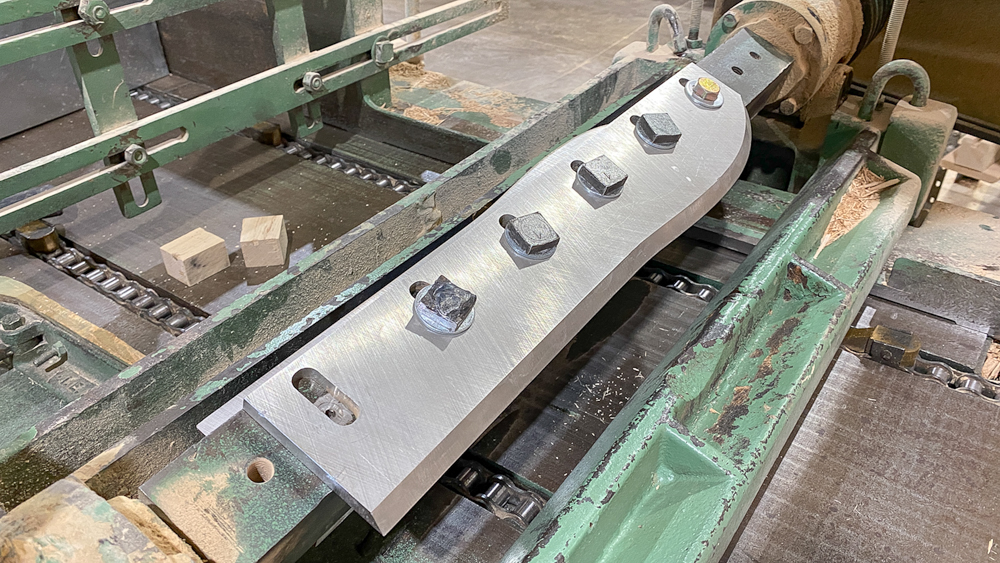
Taking a look under the hood, this is the cutterhead. It has two really thick knives that are about three inches thick. The profile for the scoop has the straight section for the sitter’s thighs and the curve section for the butt.
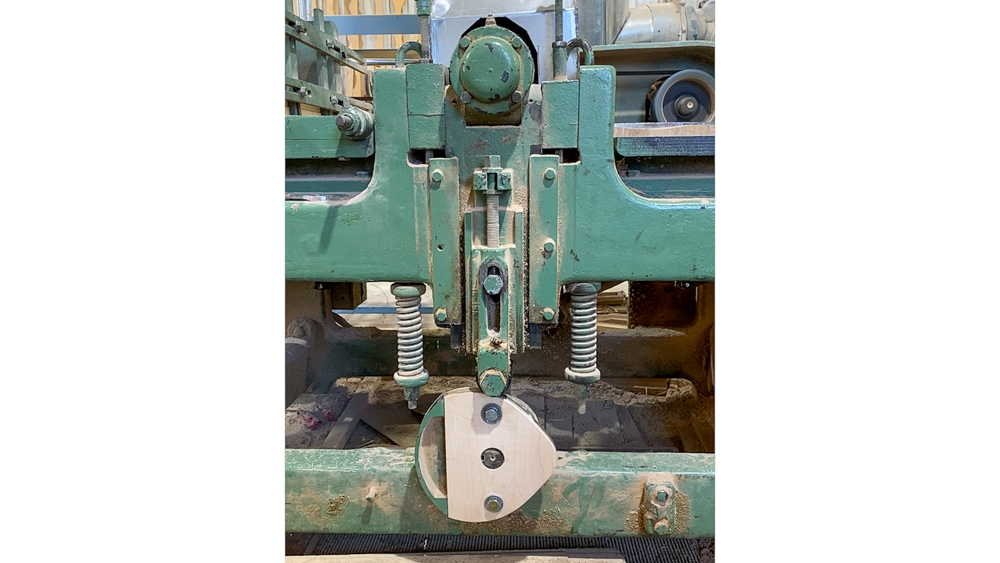
Here is a look at the cam, which is set up so that the cut will come up in the middle to create the palm between the two thighs scoops. The shape of the knives paired with these cams allows the machine to create a variety of different scooping shapes.
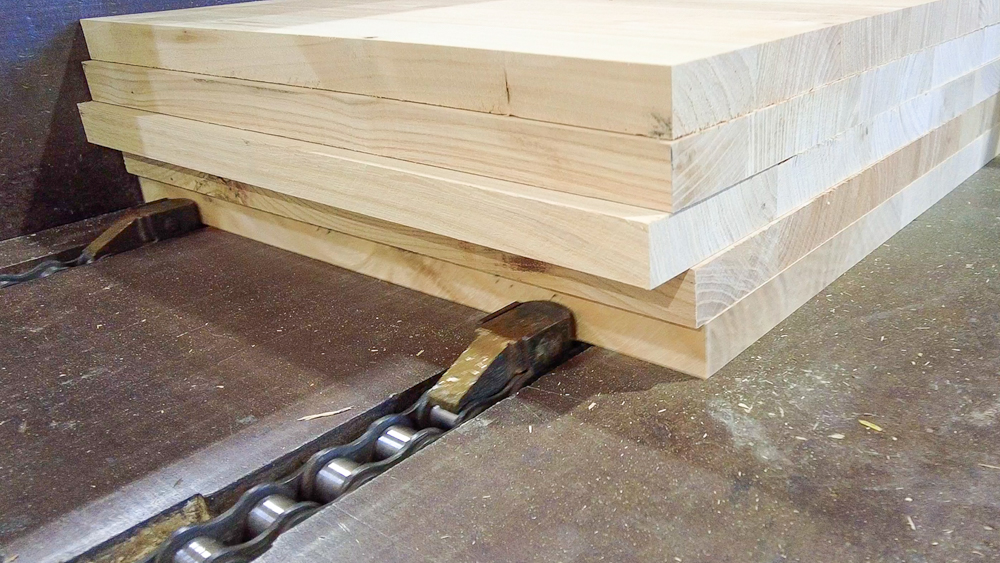
The feed chain has dogs that can be placed anywhere along it to have the scoop end up exactly where it needs to be in the seat blank. The chain and cam are linked via the gearbox on the far right of the machine.
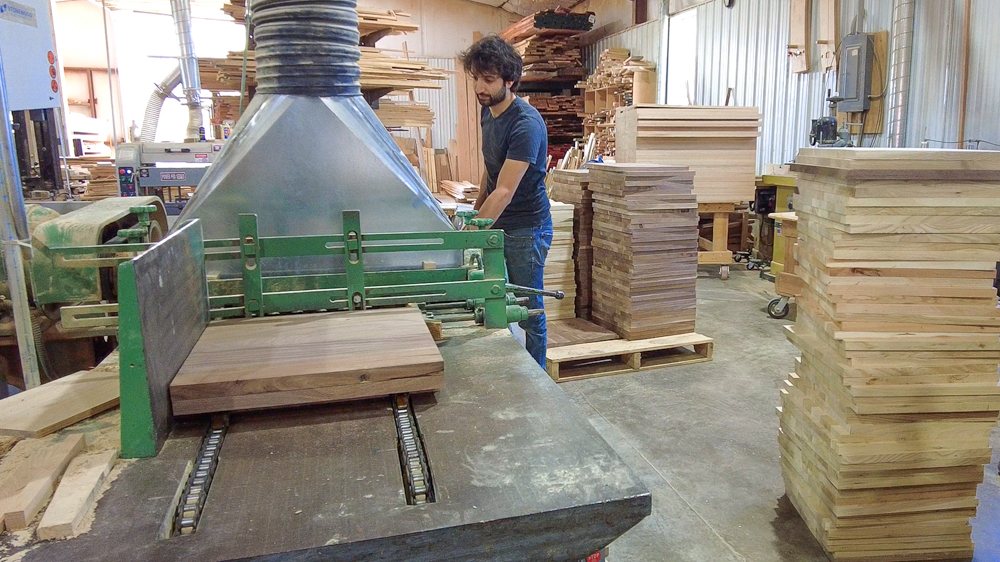
In this shot, you can see how many seats we were running that day, around 160. These seats came in from the panel shop that day as two seats per glued-up panel. They needed to be ripped to width and cross cut into seat blanks. Using the shop sliding panel saw, it took a bit over an hour and a half to turn those 80 panels into 160 seat blanks. Then the scooping process itself took about 40 minutes, with the machine scooping a seat roughly every 10 seconds.
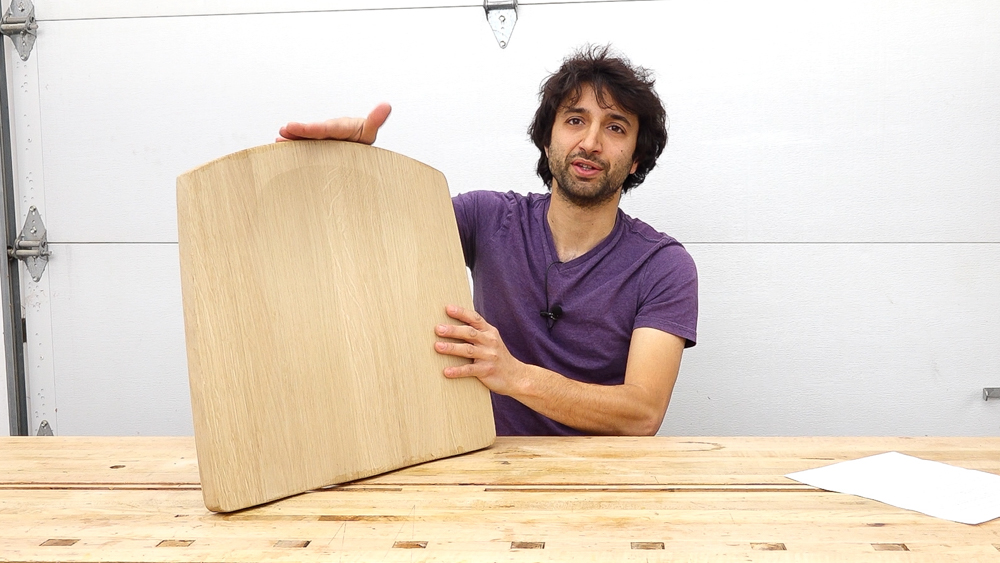
After getting the scoop profile on the blank, it goes to a CNC to get the outside shape cut. The radius up top is the most important because that needs to match the radius that is cut into the lower rail of a chair.
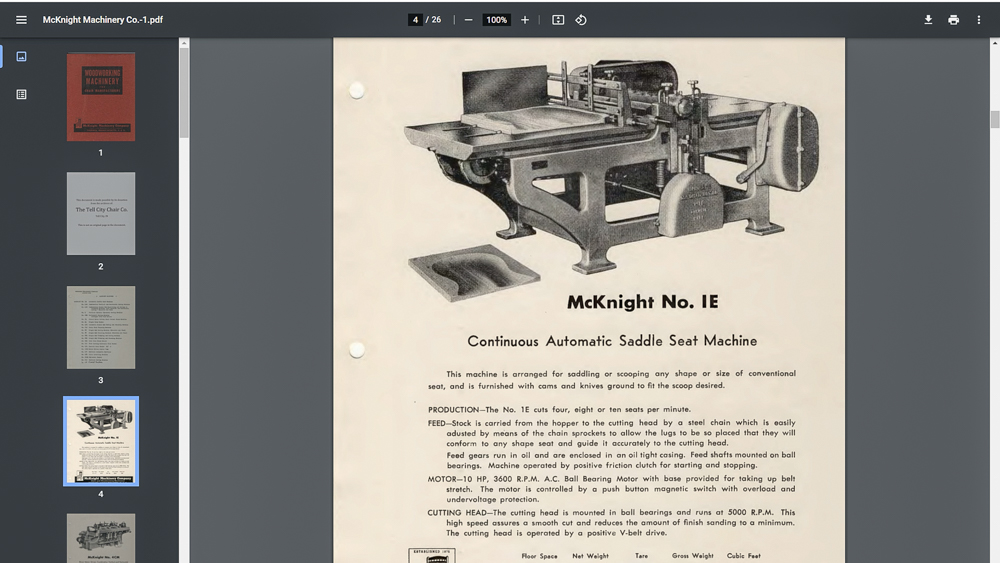
But that is the overall process of scooping a seat with a McKnight settle scoop machine. I’ve done a little bit of research into it, and these machines are no longer produced. Over at vintagemachinery.org, you can find a catalog book from the 1960s from McKnight, and one of the first machines in there is this saddle scoop machine.
Because this was such a specialized machine to begin with and because they’ve been out of production for so long, they are very hard to find. And it is even more difficult to find ones that are actually in complete and running shape, so it was really cool to be able to see one that is fully there, fully running, and still producing a hundred years later. How many seats has the thing scooped in its long, long life? It’s pretty wild and crazy to think about.
So that’s going to do it for this one, just a quick look at the scooping process of the chair seats, which is probably one of the more interesting and unique things as far as the chair production goes. I’m hoping to show a little more of the behind-the-scenes processes with the chair kits in the future. Thank you as always for joining, I greatly appreciate it. If you have any questions or comments on the scooper, the chair kits, or anything here in the shop, please feel free to leave me a comment. As always, I’d be happy to answer any questions you might have. Until next time, happy woodworking!


Welcome to my shop! This is a quick update to let you know what I’ve been up to. This big chunky thing is the leg

Welcome back to the home renovation. This time I’m going to be working on the kitchen island. Here is a small model of the island.
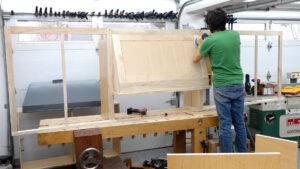
Welcome back to our home renovation. Today I am going to be working on this wall. It needs some upper cabinets and the surround for